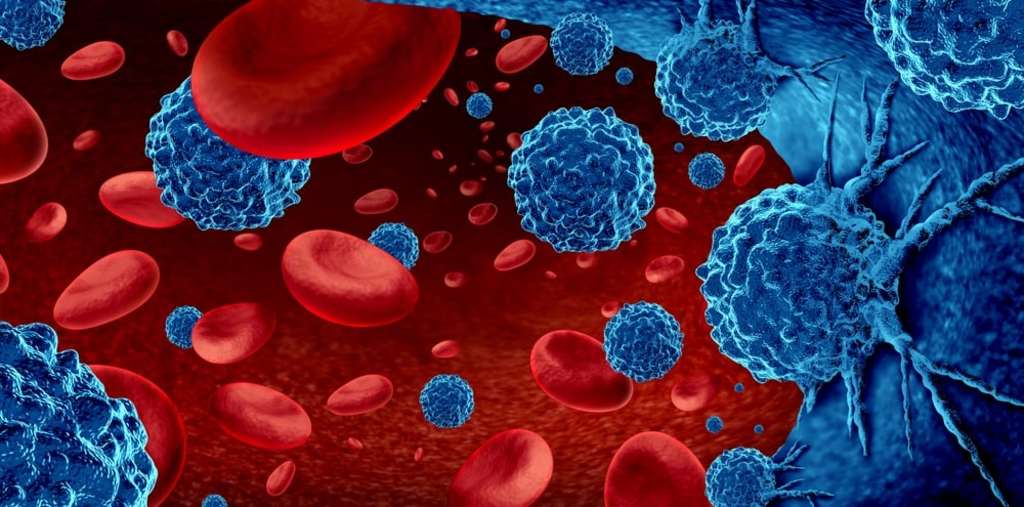Multiple Myeloma: Symptoms, Causes, Risk Factors and Treatment

Multiple myeloma is a type of cancer that affects plasma cells in the bone marrow. These cells are responsible for producing antibodies to fight infection. When cancerous plasma cells grow out of control, they can crowd out healthy cells and interrupt the production of normal blood proteins. This can lead to a number of serious health problems. In this blog post, we will discuss the symptoms, causes, risk factors and treatment options for multiple myeloma.
What Is Multiple Myeloma
Multiple myeloma is a cancer that forms in plasma cells. Plasma cells are a type of white blood cell that's made in the bone marrow. In healthy people, these cells help fight infection by making antibodies. Myeloma cells grow out of control and crowd out healthy plasma cells. This makes it hard for the body to fight infection. Myeloma can also cause damage to the bones and kidneys. It usually starts slowly and gets worse over time. With treatment, most people with myeloma live for many years. But there is no cure for this disease. Multiple myeloma is also called Kahler's disease, plasma cell myeloma and myelomatosis.
Common Symptoms Myeloma
Myeloma develops when plasma cells become abnormal and start to grow out of control. These abnormal plasma cells crowd out the healthy cells in the bone marrow, leading to problems with blood cell production. As a result, patients with myeloma may experience a range of symptoms, including bone pain, fatigue, weakness, weight loss, and recurrent infections. If you experience any of these symptoms, it is important to speak with your doctor.
Causes of Multiple Myeloma
Multiple myeloma is a relatively rare cancer, and its exact causes are not fully understood. However, there are some known risk factors, including age, race, and certain genetic conditions. Additionally, exposure to certain chemicals or radiation may also increase the risk of developing multiple myeloma. While the cause of this cancer is not yet fully understood, researchers continue to work to find answers that will help improve treatment and outcomes for those affected by this disease.
Complications of Multiple Myeloma
Complications of Multiple Myeloma can be both short term and long term. The most common short-term complication is low white blood cell count, which can lead to infections. Other short-term complications can include low platelet count, which can lead to bleeding problems, and anemia, which can cause fatigue. Long-term complications can include bone loss, kidney damage, and nerve damage. Complications of Multiple Myeloma can be severe and even life-threatening. It is important to get treatment as soon as possible to help prevent or manage these complications.
Diagnosis
Diagnosis of multiple myeloma usually begins with a medical history and physical exam. Your doctor may also order blood tests, X-rays, or other imaging tests to look for signs of the disease. If multiple myeloma is suspected, a biopsy will be done to confirm the diagnosis. Treatment for multiple myeloma often includes chemotherapy and/or radiation therapy. In some cases, stem cell transplant may also be recommended.
Stages of Multiple Myeloma
There are three stages of multiple myeloma. Stage I is classified as having less than 60% bone marrow plasma cells. In stage II, patients have 60-80% bone marrow plasma cells. Finally, stage III is classified as having more than 80% bone marrow plasma cells. As the disease progresses from stage I to stage III, patients typically experience more symptoms and their prognosis worsens. However, with early diagnosis and treatment, many patients are able to achieve remission and lead long, healthy lives.
Treatment
Multiple myeloma is typically treated with a combination of chemotherapy and radiation therapy. Chemotherapy uses drugs to kill cancer cells, while radiation therapy uses high-energy beams to destroy them. Surgery may also be used to remove tumors or damaged bone tissue. With treatment, most people with multiple myeloma can expect to live for several years. However, the disease is often difficult to cure completely.
Multiple myeloma is a serious disease, but with early diagnosis and treatment, many patients are able to achieve remission and lead long, healthy lives. If you are experiencing any of the symptoms of multiple myeloma, it is important to speak with your doctor so that you can receive the treatment you need. With the right care, you can manage this disease and enjoy a good quality of life.



